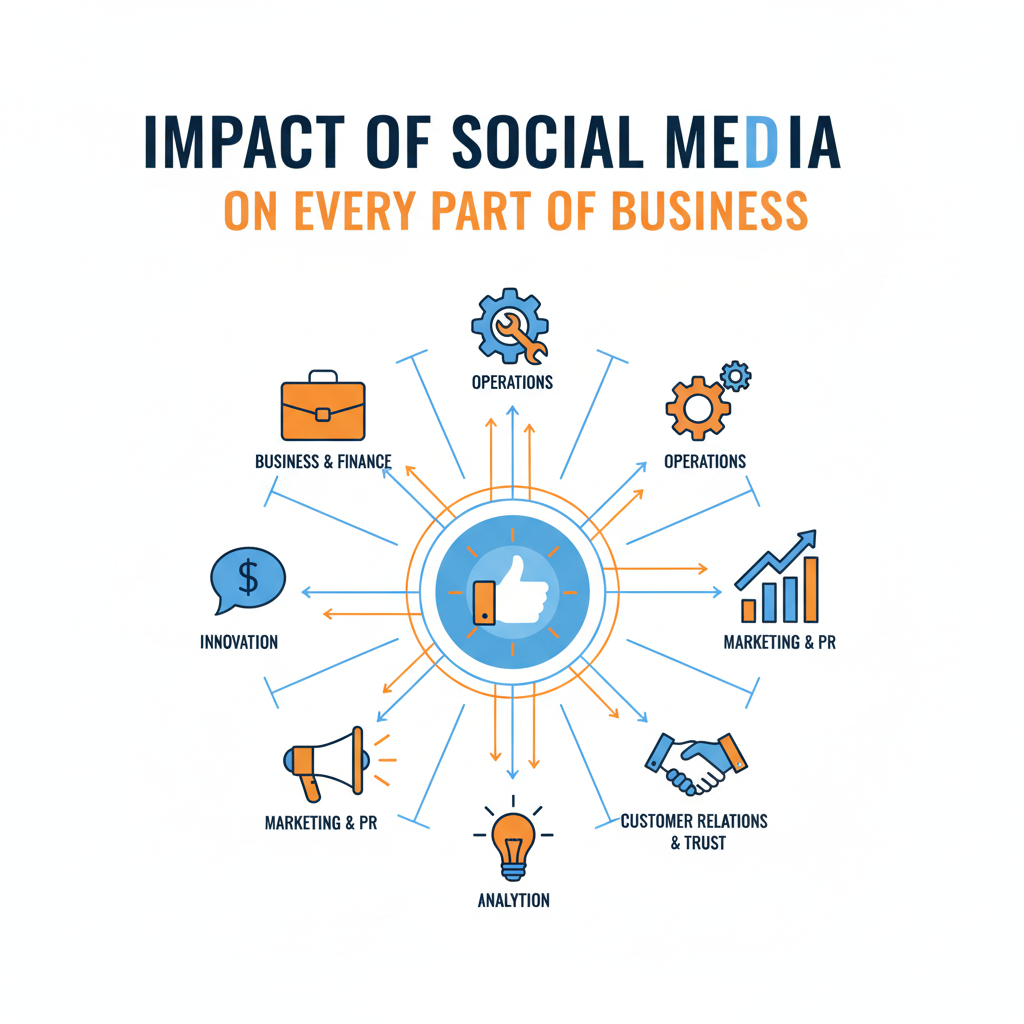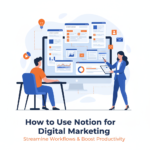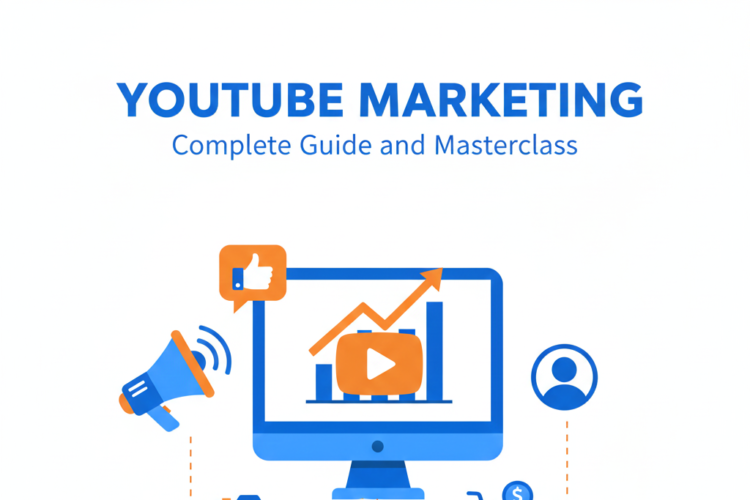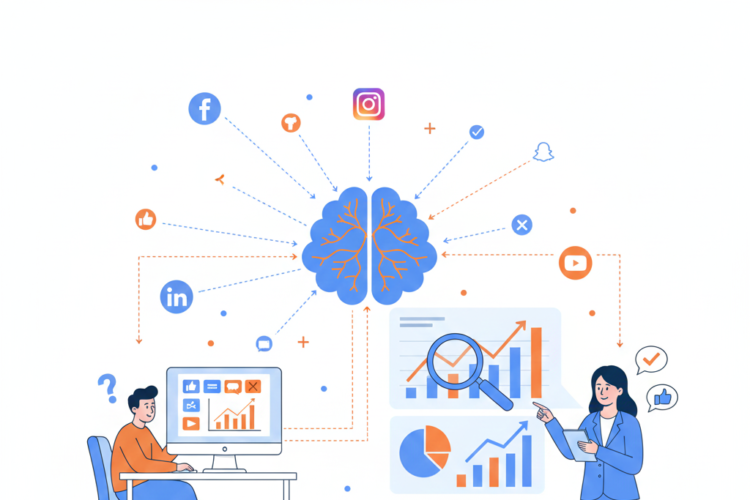
Impact of Social Media on Every Part of Business
1. Introduction: Social Media as a Business Catalyst
Social media is no longer just a platform for personal connections—it has become an essential business tool. From marketing to customer support, social media influences nearly every aspect of a modern business.
Its power lies in reach, engagement, and real-time interaction, enabling brands to connect with customers, competitors, and industry stakeholders globally. Let’s explore how social media impacts every part of a business.
2. Marketing & Brand Awareness
a. Amplifying Brand Presence
Social media platforms like Facebook, Instagram, LinkedIn, Twitter, and TikTok allow businesses to showcase products, services, and brand personality.
Visual storytelling through photos, videos, and reels
Consistent branding across multiple channels
Viral campaigns that increase organic reach
Impact: Higher brand recognition and stronger recall among target audiences.
b. Targeted Advertising
Platforms offer advanced audience targeting:
Demographics, interests, behavior, location
Retargeting past website visitors
Lookalike audiences to reach potential customers
Impact: Efficient ad spend with higher ROI compared to traditional channels.
c. Content Marketing
Social media serves as a distribution channel for blogs, infographics, webinars, and guides, driving traffic to websites and generating leads.
3. Sales & Revenue Generation
a. Social Commerce
Platforms like Instagram, Facebook, and Pinterest allow direct purchases within the app.
Product tags and shop features
Seamless checkout experiences
Impact: Shorter sales cycle and increased conversions.
b. Lead Generation
Through forms, gated content, and chatbots, social media helps capture qualified leads.
LinkedIn Lead Gen Forms for B2B
Facebook lead ads for B2C
Impact: Lower cost per lead and improved pipeline quality.
4. Customer Service & Support
a. Real-Time Support
Customers increasingly use social media to ask questions, report issues, or leave complaints.
Quick responses improve satisfaction
Chatbots handle simple queries automatically
b. Feedback & Crisis Management
Brands can monitor sentiment and respond to negative feedback promptly.
Impact: Strengthens trust and reputation, reduces churn, and prevents public relations crises.
5. Human Resources & Employer Branding
a. Recruitment
Platforms like LinkedIn and even Instagram help attract top talent:
Sharing company culture through stories and posts
Posting job openings directly
Employer branding campaigns
Impact: Access to a broader talent pool and enhanced employer image.
b. Employee Engagement
Internal communication and recognition can be shared on private social media channels or enterprise platforms.
Impact: Higher employee morale and retention.
6. Market Research & Consumer Insights
a. Monitoring Trends
Social media acts as a real-time pulse of customer preferences and industry trends:
Hashtag tracking
Competitor monitoring
Trending topics analysis
b. Customer Feedback
Analyzing comments, mentions, and reviews provides actionable insights for product development.
Impact: Faster innovation cycles and data-driven decision-making.
7. Public Relations & Brand Reputation
Social media is a direct line to your audience:
Press releases, announcements, and campaigns reach global audiences instantly
Crisis communication can be addressed proactively
Influencer collaborations amplify brand credibility
Impact: Positive perception, trust, and media amplification.
8. Operations & Collaboration
a. Supply Chain & Vendor Communication
Some brands use private social media groups or channels for real-time updates with vendors.
b. Collaboration Tools
Platforms like Slack, Microsoft Teams, and workplace social tools help teams share knowledge, updates, and project progress.
Impact: Improved operational efficiency and internal collaboration.
9. Finance & Analytics
a. Tracking ROI
Social media analytics tools track:
Campaign performance
Ad spend effectiveness
Conversion rates
b. Forecasting Trends
Consumer engagement patterns inform sales projections and budget allocation.
Impact: Smarter investment decisions and data-driven strategy adjustments.
10. Innovation & Product Development
Social media can shape product development:
Crowdsourcing ideas through polls and surveys
Beta testing products with select followers
Monitoring competitor offerings and customer reactions
Impact: Creates products aligned with market demand, reducing the risk of failure.
11. Challenges & Considerations
While social media provides immense benefits, businesses must navigate challenges:
Negative feedback can go viral quickly
Platform algorithms change frequently
Over-reliance on social can neglect other channels
Data privacy and compliance issues must be managed
12. Conclusion: Social Media as a Business Backbone
From marketing and sales to operations, HR, and product innovation, social media touches every part of a business. Companies that leverage it strategically can:
Increase brand visibility and loyalty
Enhance customer experience
Drive revenue and efficiency
Stay ahead of competitors with real-time insights
The key is integration, monitoring, and data-driven strategy—turning social media from a communication tool into a full-fledged business driver.
Author



